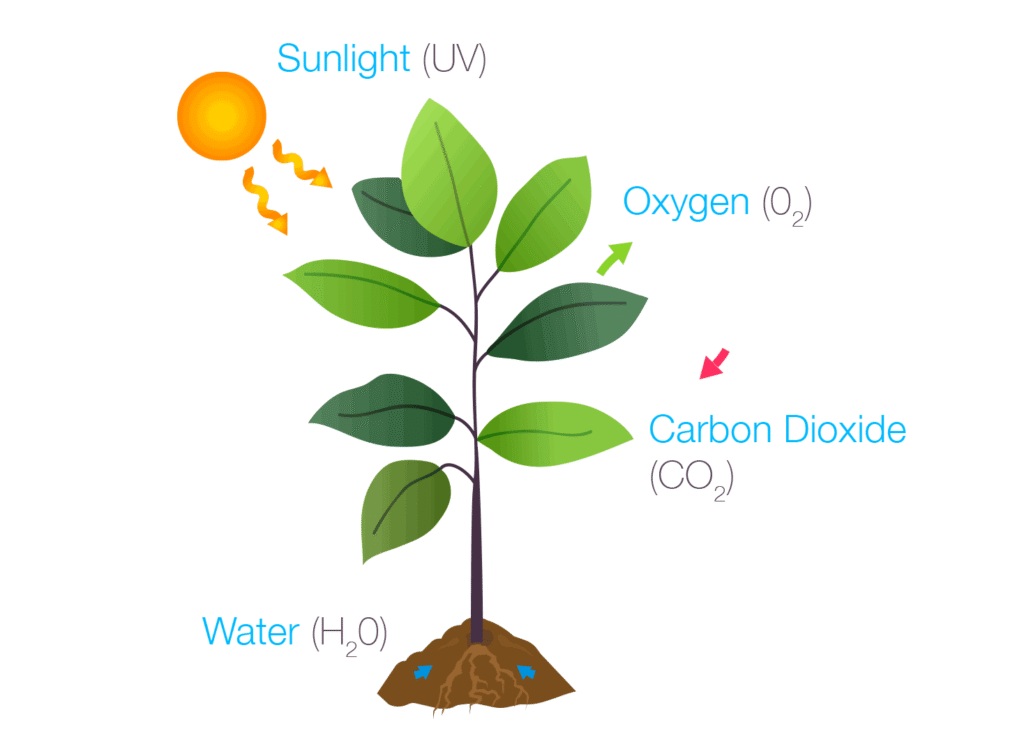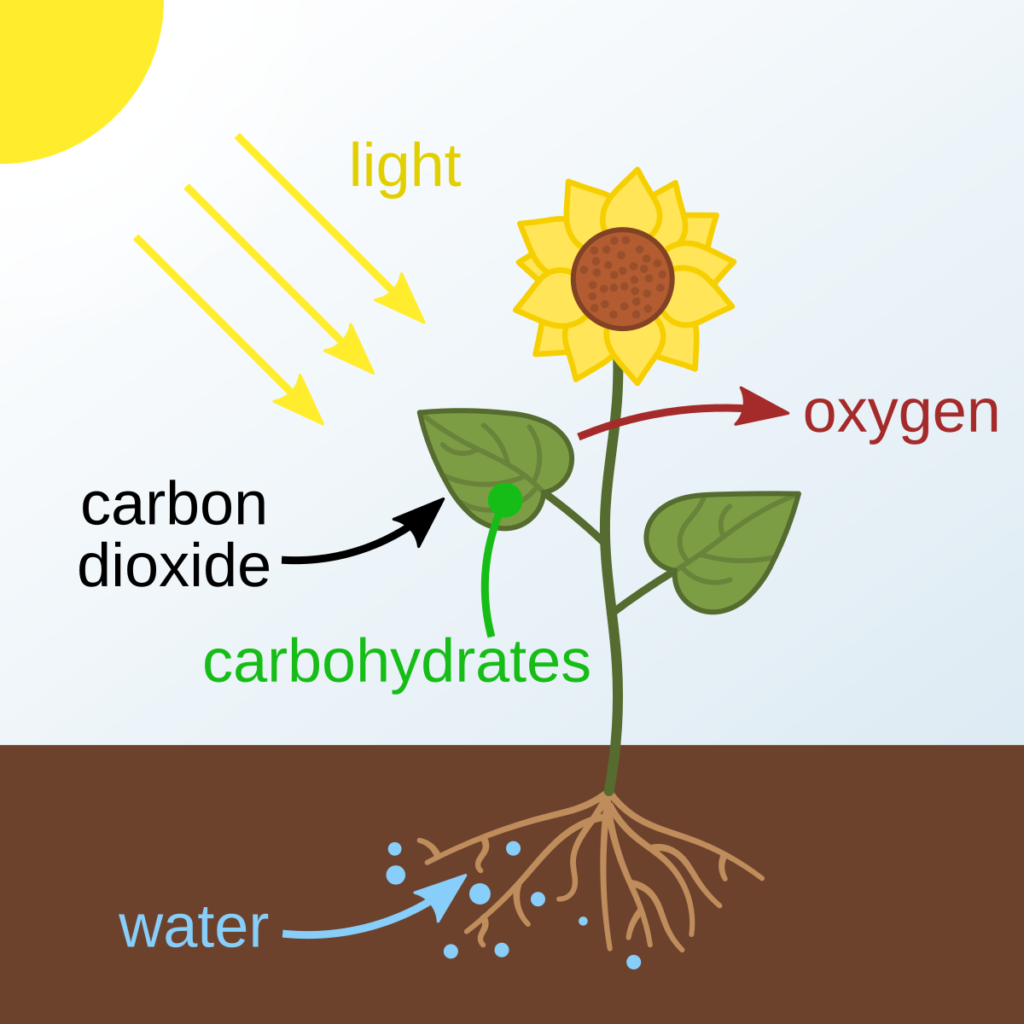Mode Of Nutrition In Plants
Key Notes :
Definition of Nutrition:

- Nutrition is the process by which organisms obtain and utilize food for growth, energy, and repair.
Types of Nutrition:
- Autotrophic Nutrition: Plants produce their own food through photosynthesis using sunlight, carbon dioxide, and water.

- Heterotrophic Nutrition: Some plants rely on other organisms for food.
Autotrophic Plants:
- They are known as producers.
- Use chlorophyll to capture sunlight and convert it into chemical energy.
- Example: Most green plants like mango and spinach.
Photosynthesis Process:

- Takes place in chloroplasts in leaves.
- Equation:

Heterotrophic Plants:

Plants that cannot produce their own food.
Types:
- Parasitic Plants: Obtain nutrients from a host plant.
Example: Cuscuta (Dodder). - Saprophytic Plants: Feed on decaying organic matter.
Example: Fungi (mushrooms), Monotropa. - Insectivorous Plants: Trap and digest insects to supplement nitrogen.
Example: Venus Flytrap, Pitcher Plant. - Symbiotic Plants: Live in association with other organisms for mutual benefit.
Example: Lichens (association of algae and fungi).
Importance of Photosynthesis:
- Provides oxygen essential for life.
- Basis of the food chain.
Special Adaptations:
- Non-green plants lack chlorophyll and rely on other modes of nutrition.
- Insectivorous plants have special features like traps or sticky surfaces.
Environmental Factors Affecting Nutrition:
- Sunlight, water availability, carbon dioxide levels, and soil nutrients influence the nutritional process.
Key Examples for Heterotrophic Nutrition:
- Parasitic: Mistletoe
- Saprophytic: Indian Pipe
- Symbiotic: Rhizobium bacteria in legumes
Let’s practice!

